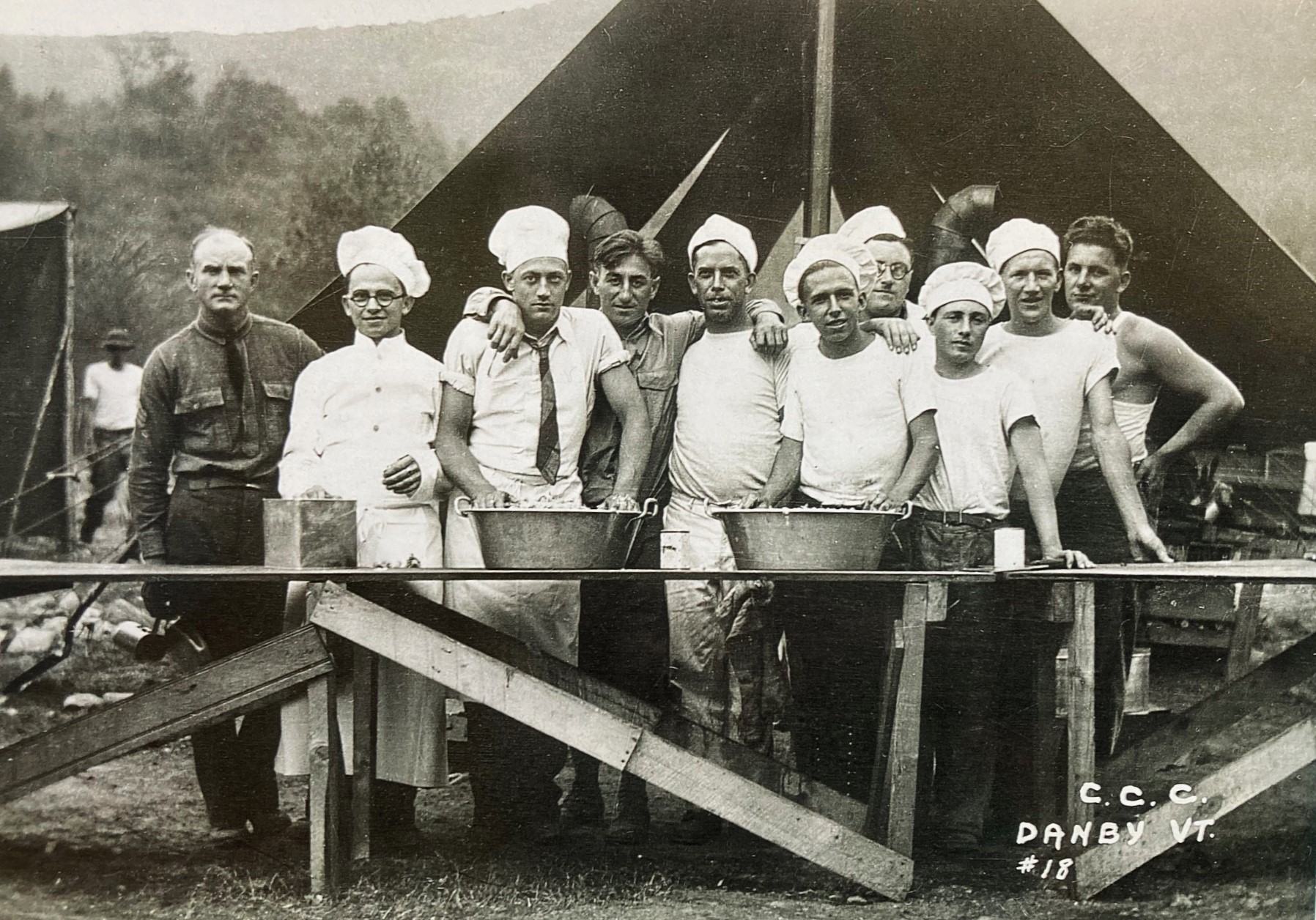REGION – Civilian Conservation Corps Day will be celebrated nationwide on Friday, April 5, because on that day in 1933, President Franklin D. Roosevelt created the Civilian Conservation Corps (CCC) with Executive Order 6101. The order set out the framework for how the CCC would be run and established, and a fund of $10 million for the corps. This innovative, federally funded organization put millions of Americans to work during the Great Depression on projects with environmental benefits.

The CCC was a public works program that operated from 1933-1942, as part of President Franklin D. Roosevelt’s New Deal. It targeted single men, 18-25 years old, and World War I veterans, in relief of families that had difficulty finding jobs during the Great Depression. The program provided unskilled manual labor in environmental conservation and the development of natural resources in rural lands.
The program employed 3,463,766 men, who worked a 40-hour week for $30 a month. The government sent $25 a month home to their parents, leaving the boys $5 spending money. The camps were run by the U. S. Army, which provided enrollees with good food, clothing, shelter, and medical care.
CCC camps were located in all 48 states, and the territories of Alaska, Hawaii, Puerto Rico, and the U.S. Virgin Islands (St. Thomas, St. John, and St. Croix). There were separate camps for white enrollees, black enrollees, unemployed veterans who served in World War I, and Native Americans who worked on tribal lands.
There were approximately 35 CCC camps in or near the Vermont towns of Bellows Falls, Bethel, Cuttingsville/North Shrewsbury, Danby/Mount Tabor, East Barre, East Wallingford/Weston, Elmore, Jericho/Ethan Allen Firing Range, Fort Ethan Allen/Colchester, Ludlow, Lyndonville/East Burke, Marshfield/Groton, Mendon, Middlesex, Milton/Sand Bar Bridge, Montpelier/Camp McKee, Montpelier/Wrightsville (Camps Wilson, Weeks, and Cushing), Moscow/Stowe, Northfield, North Thetford, Peru, Plymouth, Proctorsville/Cavendish, Poultney, Ricker Mills, Rochester, St. Albans, Sharon, Underhill Center/Ethan Allen Firing Range, Waterbury/Camp Charles M. Smith, Waterbury Village, West Burke/Sutton, Wilmington, Windsor, and Brunswick/North Stratford, N.H. Supply depots were located in Barre/Quartermaster Depot, and Colchester/Fort Ethan Allen. They built trails, roads, campsites, and dams; stocked fish; built and maintained fire tower observer’s cabins and telephone lines; fought fires; and planted millions of trees.
During its nine years of existence, CCC enrollees throughout the country were credited with renewing the nation’s decimated forests by planting an estimated 3 billion trees. The men labored heroically, building hundreds of state and national parks, with cabins, artificial lakes, and water supply systems. Much of the infrastructure in the U.S. National Park Service was created using CCC labor. Enrollees built more than 3,000 fire towers, constructed 46,854 bridges and 125,000 miles of roads, built 13,100 miles of foot trails, stocked 972 million fish, and improved 40 million acres of farmland. The education program taught approximately 110,000 illiterate enrollees to read and write.
The billions of trees the corps planted beautified our state and national parks, and exist today to mitigate the effects of global warming. A similar enterprise renewing our natural resources now would benefit all.
To honor the work of the CCC, plan on visiting a state or national park that was developed by the CCC, or visit a CCC museum.
Those interested in learning more about the CCC should visit these web sites: CCC Legacy, Living New Deal, and Corps Network. At Facebook: Civilian Conservation Corps Legacy, and Civilian Conservation Corps Day.